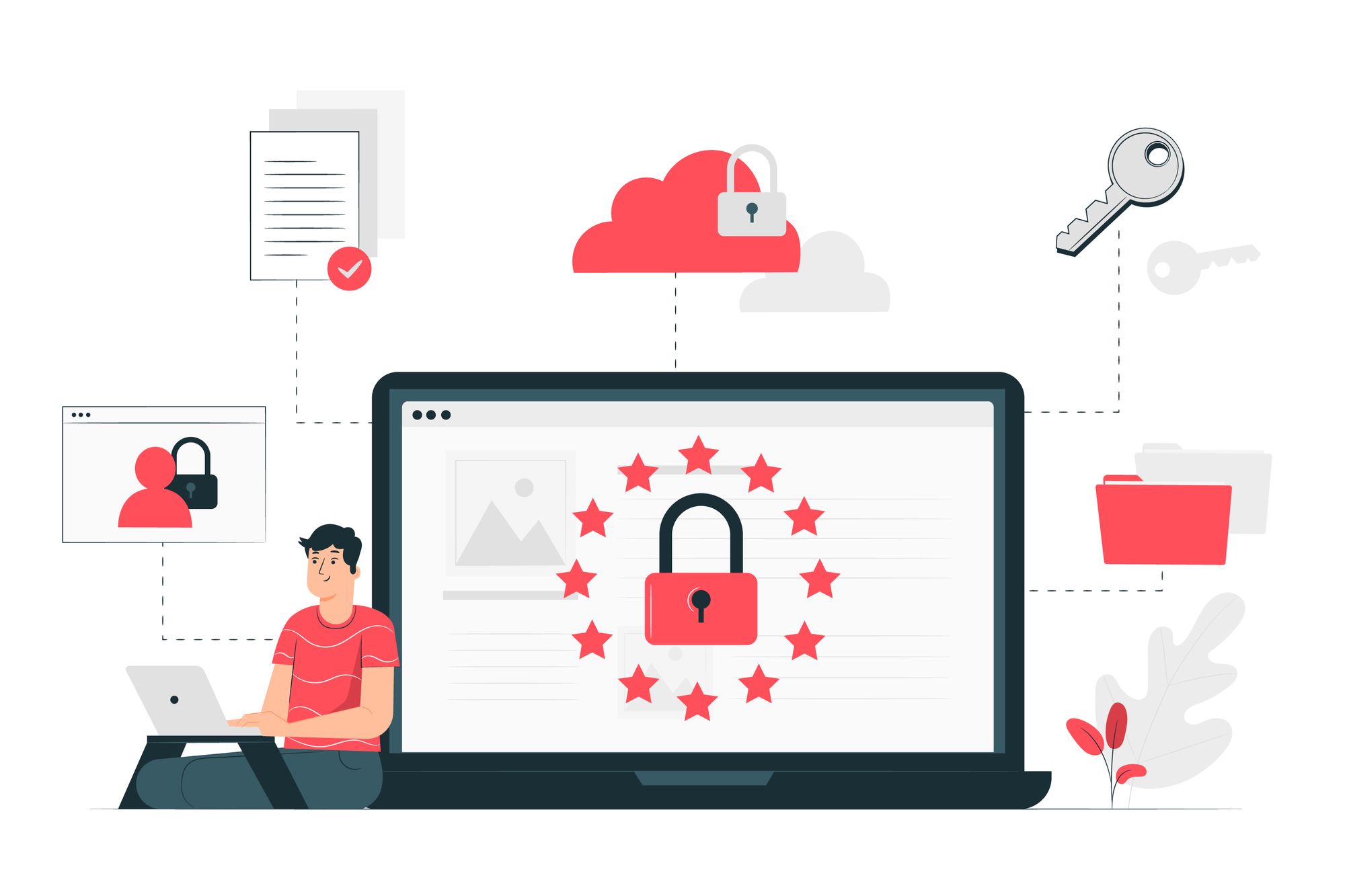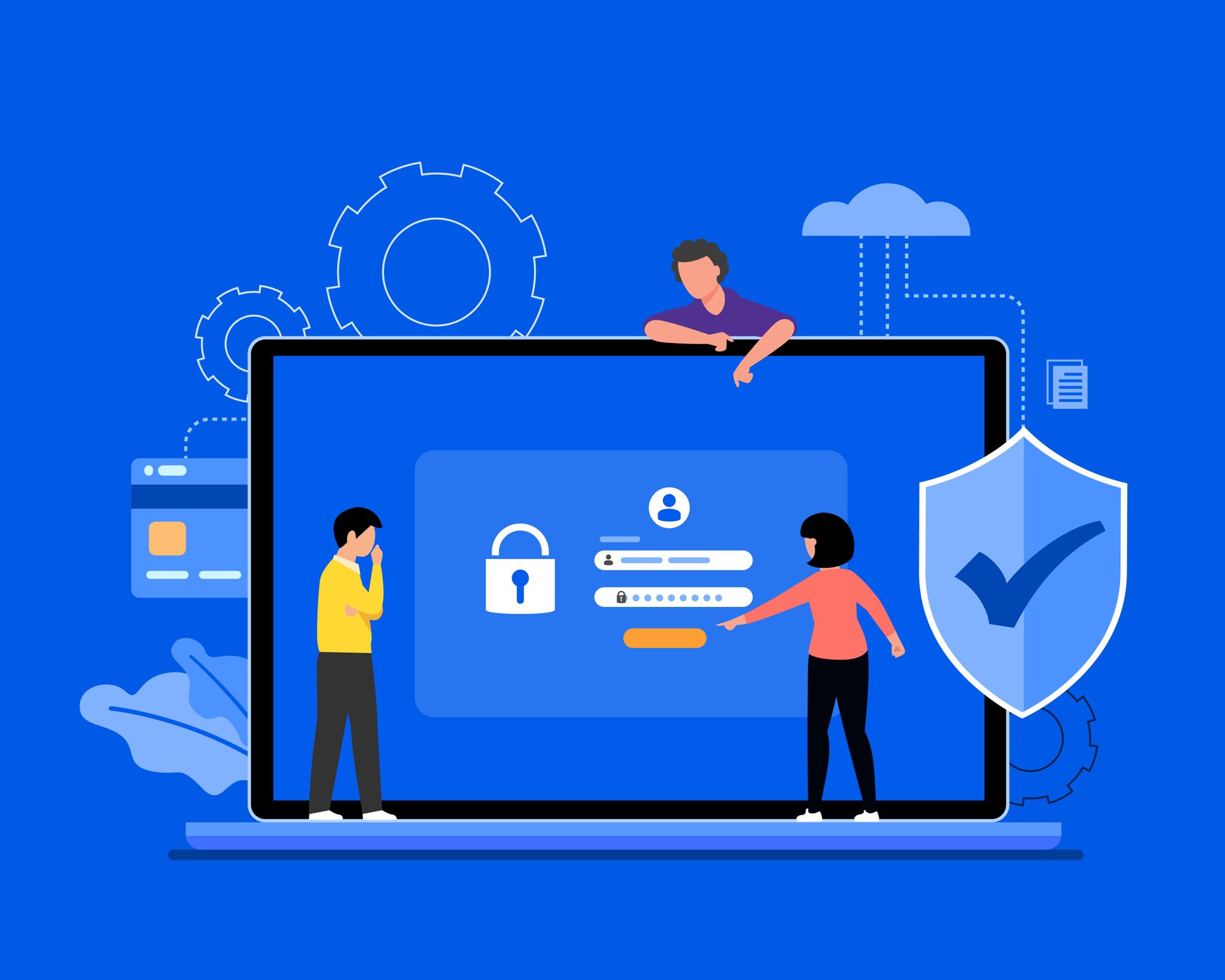Two-Factor Authentication (2FA): All You Need To Know
With the continuous rise in data breaches and information theft that has compromised individuals, small businesses, and large corporations, it is only natural that you safeguard your information and accounts with an additional layer of security to the present credential-based system security.

Everything we do these days revolves around the Internet and our devices, which serve as a second life —digital identity. As a result, fraudsters and cyber attackers put their attention and effort into how they can hack and have access to our digital accounts. But, of course, with our lives becoming increasingly online, someone gaining access to any or all of your accounts would be a nightmare.
Indeed, we've seen an alarming rise in the number of social and corporate websites losing users' sensitive data in recent years to hackers. As cybercrime becomes increasingly complex, it is then discovered that the traditional security systems of basic usernames and passwords are no match for contemporary threats and attacks.
With the continuous rise in data breaches and information theft that has compromised individuals, small businesses, and large corporations, it is only natural that you safeguard your information and accounts with an additional layer of security to the present credential-based system security.
You need to protect your account and information with additional security than the personalized login password, which is usually a combination of your name, pet name, or birth year, which hackers can quickly guess. For its peculiarity, this additional protection adopted by many is Two-Factor Authentication.
What is Two-Factor Authentication?
Two-factor authentication (2FA), sometimes known as two-step verification, is one method for making an online account more secure. Two-factor authentication is a critical security mechanism that adds a second layer of security to your password to ensure only you have legitimate access to your account. For this reason, this extra protection layer makes it considerably more difficult for hackers to gain access to your funds, as hackers cannot crack your login with a single password.
Without a doubt, 2FA is more secure than traditional authentication techniques that rely on only one authentication factor (single-factor authentication). As a result, you usually give only a password or PIN.
In addition, 2FA protects your logins against phishing, social engineering, and password brute-force attempts. This implies that to log in to any account with 2FA enabled, you'll need the username and password and the 2FA code for that account.
What is a 2FA Code?
A two-factor authentication code is a one-time code created when attempting to access an online account or any connected device. The code would be sent to the mobile number you gave during registration through SMS or an automated phone call. This code is often a 6-digit time-bound code. This means that the code must be used within a certain amount of time, usually seconds. You obtain rapid access to your linked account after inputting the two-factor authentication code.
How Does 2FA Work?
If a website you visit or an app requires a password to access your information and does not offer 2FA, it is likely to be hacked. As a result, almost every personal or commercial website, social account, and smart gadget now support two-factor authentication.
However, to employ this additional layer of authentication, the login procedure must include something that only you have. In contrast, three main authentication measures are usually linked with this reference:
Something You Know
This information could include a password, an answer to a secret question, or a personal identification number (PIN). Sadly, these authentication factors are also the most vulnerable to security breaches. Many users reuse passwords across many accounts, and if one account is compromised, all accounts are vulnerable.
Something You Are
This is one of the most successful methods of verifying the user at the second step. It is performed via biometric data such as fingerprints, facial scans, or voice recognition. This type of two-factor authentication is the most secure of any two-factor authentication method.
Something You Have
This method incorporates a second level of authentication based on a physical object, such as hardware, an ID card, or a software token. It can also relate to your devices, which you can prove ownership of with a unique token software such as Google Authenticator or an SMS code.
Types of 2FA:

Various two-factor authentication methods are employed; some are stronger or more technical than others, but they all serve the same purpose –to provide better security.
Hardware Token 2FA
This is the original, and most likely the oldest, type of 2FA, in which you receive a key fob that produces a new code every 30 seconds. This means you check the current code displayed and enter it when you want to log in to the relevant website or associated app. Another type is a USB stick that, when connected in, automatically enters a 2FA code into the computer.
The disadvantage is that they are smaller in size and can be easily misplaced. Also, they are not entirely safe from being hacked.
Software Token 2FA
Using a time-based one-time password (TOTP) created by a software program known as a "soft token" is likely the most common type of 2FA today. In most cases, the security key is a QR code that you can scan with your mobile device to produce a series of digits.
To use this two-factor authentication method, you must first download and install a free 2FA app on your smartphone or PC. This program, once installed, will work with any website that accepts TOTP authentication. Log in with your username and password after enabling 2FA with TOTP for one of your logins. Then you'll be asked to input a code provided to the installed app. The software token, like hardware tokens, expires typically after 60 seconds.
Hackers cannot intercept the code because it is generated and displayed on the same device. These apps can be used even when not connected to the Internet. As a result, you do not depend on your network provider, like 2FA through SMS.
SMS-Based or Voice-Based 2FA
SMS-based 2FA directly communicates with the user's phone. When you use this type of two-factor authentication, you log in with your username and password, and the site sends you a one-time passcode (OTP) through text message or voice message. Like with the hardware token process, you must enter the OTP into the application to gain access. Similarly, voice-based 2FA phones your registered cellphone number and dials the 2FA code for you.
Push-Based 2FA
Push-based 2FA outperforms SMS and TOTP 2FA by introducing additional levels of protection while enhancing end-user usability. Push-based 2FA confirms a user's identity by using several authentication factors that other methods cannot. This means that Websites and apps notify you when a login attempt is made. You confirm or decline with a single click, and you are logged in without the need for any additional passwords or tokens.
This version of 2FA removes the possibility of phishing, man-in-the-middle attacks, or unwanted access. However, it is only compatible and available if you and the website have a direct, secure connection.
Email-Based 2FA
Another standard method is 2FA via email. This works because an automated message is sent to your registered email address when you attempt to log in to a website or app. This is similar to an SMS-based 2FA; the email will either include a code or a link you can click, which will pop up a new page and verify that it's a legitimate login attempt.
Like SMS-based 2FA, this is easy to implement and intuitive for users and works on both computers and phones. But unlike the SMS-based 2FA option, you will need to be connected to the Internet to receive their code or activate their unique link.
Why 2FA is Needed with Cryptocurrency
If you use a cryptocurrency exchange, you should use two-factor authentication to protect your account. Because of its decentralized system, Cryptocurrency is rarely retrieved after a theft. As a result, while using a crypto exchange or online wallet service, 2FA is essential.
Clearly, it is up to you to securely protect your account, unlike your traditional bank account, where there is fraud protection. There is no fraud protection or recovery process for stolen assets if your accounts are hacked in crypto. Therefore, 2FA is a must.
Enable 2FA on Cwallet
You may enable two-factor authentication for your account at Cwallet. You can do this by navigating to your Cwallet's security settings. Then, under security, you'll notice Google Two-Factor Authentication. Turn on the key and input your password. Next, you are shown a QR code to scan. Enter the code given on your Authenticator App after scanning.
Your Cwallet now has 2FA activated. We will always advise you to use 2FA. This ensures the best possible security for your account and Wallet, and you avoid becoming a victim of hackers.
Easy, right? So, why wait? Get a free Cwallet and enjoy fast, simple, cheap, and easy access to crypto, with zero extra fees on all services. Even if you have no money, you can interact with our community members to get free crypto assets from tips and airdrops.
Stay updated with the Cwallet blog and join our community for frequent updates and information.